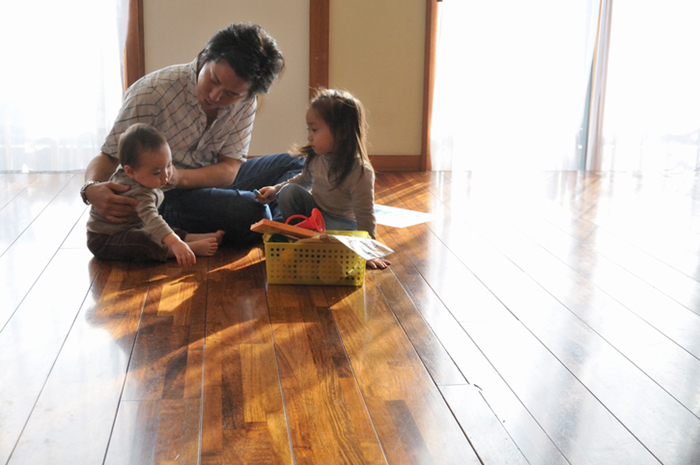Have we lost trust in trusts?
 Are trusts simply for keeping wealth in the hands of the privileged few? Arabella
Murphy explains why this assumption obscures legitimate reasons for them.
Are trusts simply for keeping wealth in the hands of the privileged few? Arabella
Murphy explains why this assumption obscures legitimate reasons for them.
“And being always surrounded by a great number of nieces and nevys, as was always a-quarrelling and fighting among themselves for the property, he makes me his executor and leaves the rest to me in trust, to divide it among ‘em as the will provided.”
“Wot do you mean by leavin’ it on trust?” enquired Sam, waking a little. “If it ain’t ready money where’s the use on it?”
“It’s a law term, that all,” said the cobbler.
Thus the concept of the trust was described in Charles Dickens’s The Pickwick Papers. The humble trust is thought to have its origins around 1200AD during the time of the Crusades, when knights departing the country conveyed ownership of their lands to trusted individuals to manage on their behalf. It has remained popular as a means of passing on wealth, and in English law, the trust has become so universal that most English wills, and every situation where English real estate is owned by two or more people, have a basic form of trust in their architecture.
In recent years, however, the family trust has been labelled a contrivance, designed to keep wealth in the hands of the privileged few, and tainted with a whiff of secrecy and tax avoidance.
Successive governments have done little to disabuse the general public of this notion, with the imposition of increasingly punitive tax rates on assets settled in trust. The recent passing of Gerald Cavendish Grosvenor, the 6th Duke of Westminster, is a case in point. Media headlines loudly asserted that inheritance tax had been ‘avoided’ because so much of the Grosvenor estate is held in trust. As a result, tax campaigners are lobbying for the government to undertake a complete reform of the rules for taxing trusts.
The £9-billion Grosvenor estate will pass to the duke’s son, Hugh. However, as the majority of the estate is held via a series of trusts, the standard rate of 40 per cent inheritance tax does not apply on the duke’s death. It was not ‘his’, and will not belong to his son, either.
In fact, under the usual tax rules which apply to trusts, the trustees pay inheritance tax (equivalent to a maximum of 6 per cent of the then value of the assets) every 10 years, which is designed to replicate the 40 per cent death charge once a generation (assuming a normal life span to be around seven decades). Plainly, the suggestion that trusts are vehicles for tax avoidance – or that inheritance tax is not payable – is inaccurate.
Preventing 'shirtsleeves to shirtsleeves in three generations'
This negative view of trusts obscures the many legitimate and compelling reasons for settling assets into trust. Since the crusades, trusts have remained a robust and flexible tool for estate planning, allowing families to benefit from continuity – the assets do not belong to any one heir, but are held for the benefit of a sequence of heirs of which he/she is only one. This can help to protect the assets, shielding them from spendthrifts, for example.
The former Marquess of Blandford, now Duke of Marlborough, may well freely admit that, in his younger and wilder years, if he had owned the assets himself, they might have been sold and lost to the family; but they were held in trust.
Trusts also avoid the problem of division, common in other countries. Without trusts, the UK might be more like France, which requires every property to be divided between the heirs on a person’s death, and if they cannot agree that it should be sold (or lived in by one of them), a property may lie derelict for decades.
Many countries have proverbs about wealth being dissipated in three generations. Anecdotally, 65 per cent of family wealth is lost by the second generation and 90 per cent by the third. A trust is one way of making sure that a family’s assets continue to be held and invested for the benefit of all the family members, without the need to divide it up every generation. The benefit of this is that it allows large estates (such as the Grosvenor estate) to be managed professionally over the long term, rather than being repeatedly divided. The same principle applies to family companies, avoiding dilution of the family’s holdings.
Further, while trusts can be used to protect an inheritance from wayward family members, equally, they can be used to protect a family from their inheritance. Most families (wealthy or not) would not want their children to inherit a lump sum at a relatively young age, which might negatively impact their work ethic or dull their ambitions. The late Duke of Westminster himself said of his son and heir: “He’s been born with the longest silver spoon anyone can have, but he can’t go through life sucking on it.”
At the other end of the scale, trusts are used daily to hold money for the care of children and people with disabilities, and are indispensable as a means of looking after those who are not able to care for themselves.
With all the recent negative publicity surrounding trusts, it could be argued that the days of the trust are nearing their end. With pressure mounting for the government to make public a new central register of trusts, containing the names of beneficiaries and settlors, the comfortingly private nature of trusts may soon be a thing of the past. However, 800 years on, there are many legitimate reasons to use a trust, for social good.
About the author
Arabella Murphy is a partner and head of private wealth at boutique private wealth law firm Maurice Turnor Gardner LLP.
